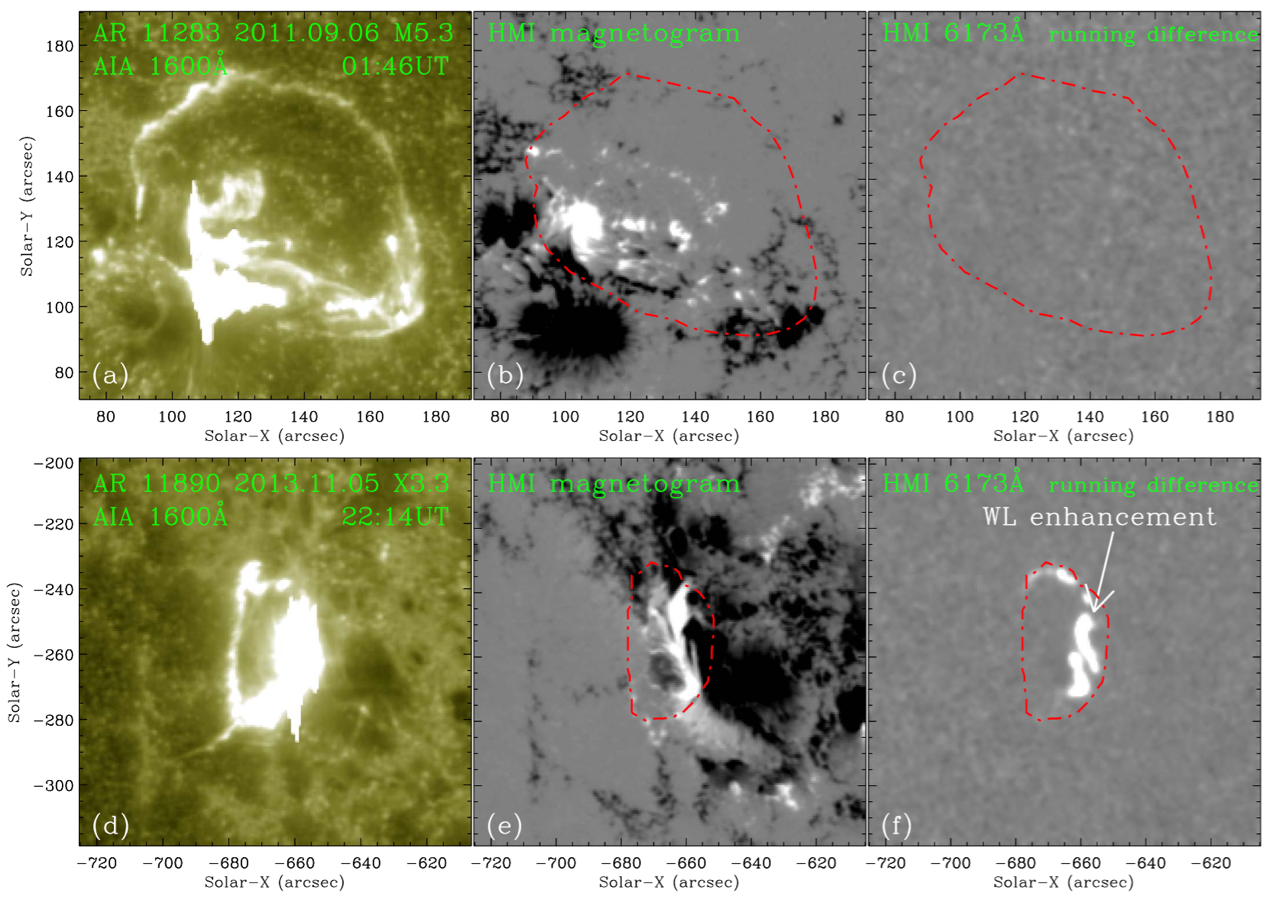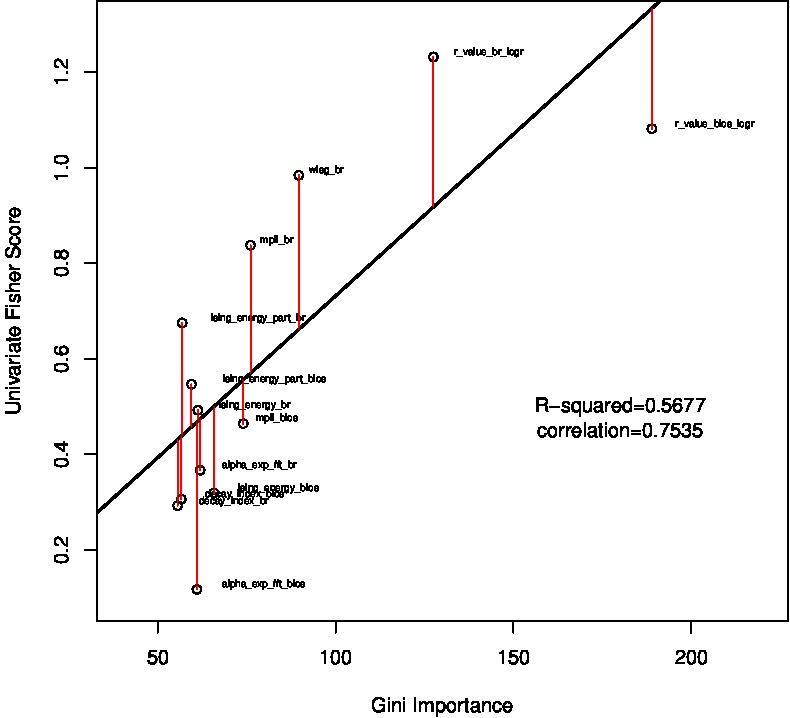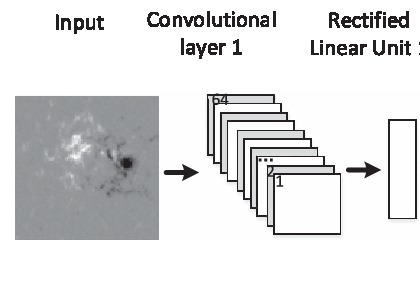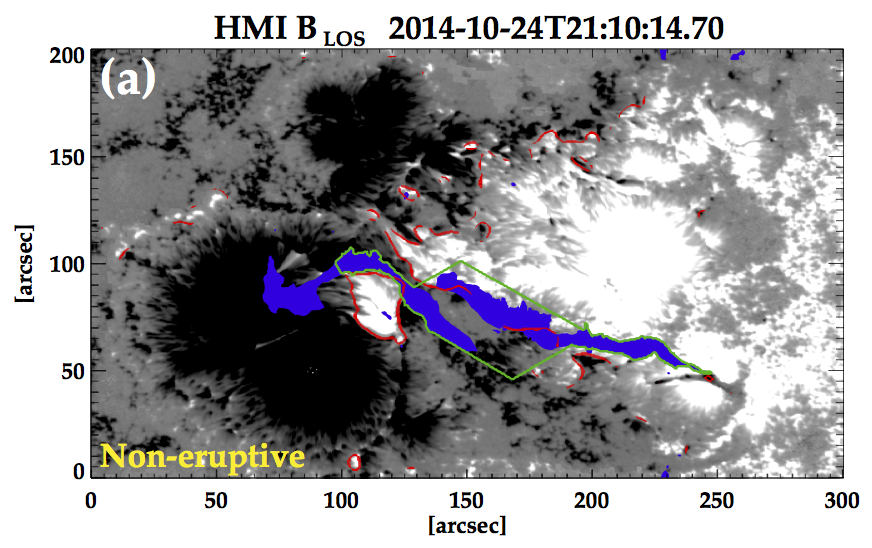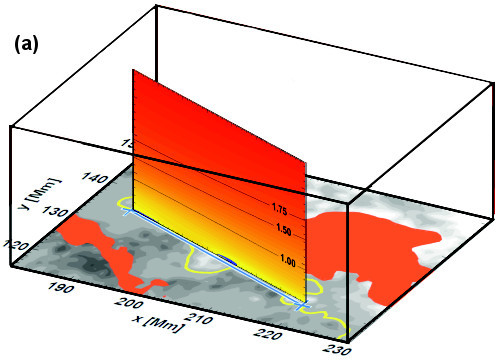Tag Archives: flares
121. The Origin of Major Solar Activity: Collisional Shearing between Nonconjugated Polarities of Multiple Bipoles Emerging within Active Regions
Magnetic flux of opposite polarities belonging to two different emerging/emerged bipoles inside multipolar magnetic regions, can experience “collisional shearing”, a process resulting in strong shearing and fast cancellation of magnetic flux near the polarity inversion line. This type of flux cancellation is found to be the cause of a succession of major flares and CMEs in complex active regions.
119. Roles of Photospheric Motions and Flux Emergence in the Major Solar Eruption on 2017 September 6
115. Investigation of White-light Emission in Circular-ribbon Flares
A total of 90 circular-ribbon flares are identified in 8 years of SDO observations, and 33 of them are found associated with white-light enhancements, a rate higher than non-circular-ribbon flares. It is thus suggested that the fan-spine magnetic field topology and the total amount of energy release plays roles in causing white-light flares.
110. Onset of Photospheric Impacts and Helioseismic Waves in X9.3 Solar Flare of September 6, 2017
96. Evaluation of Applicability of a Flare Trigger Model Based on a Comparison of Geometric Structures
95. Forecasting Solar Flares Using Magnetogram-Based Predictors and Machine Learning
94. Deep Learning Based Solar Flare Forecasting Model: Results for Line-of-Sight Magnetograms
90. A Comparative Study of the Eruptive and Non-Eruptive Flares Produced by the Largest Active Region of Solar Cycle 24
AR12192, the largest active region in Solar Cycle 24, produced 6 X-class flares, but none of them were associated with a CME. However, a much weaker flare, of M4.0-class, was associated with a CME. Magnetic field and morphological changes are analyzed during these flares to understand why this is the case.




